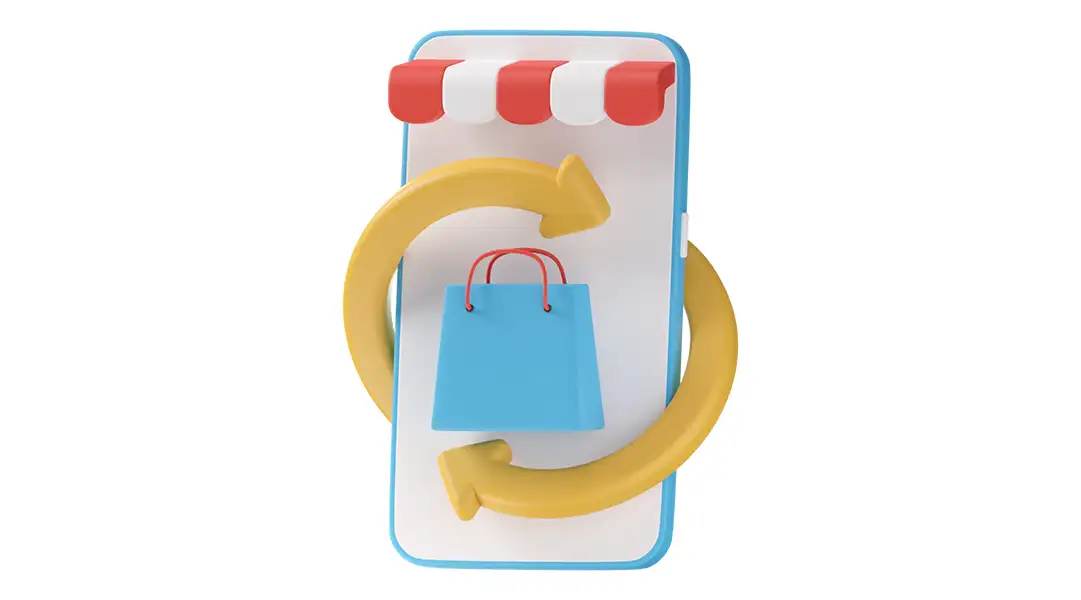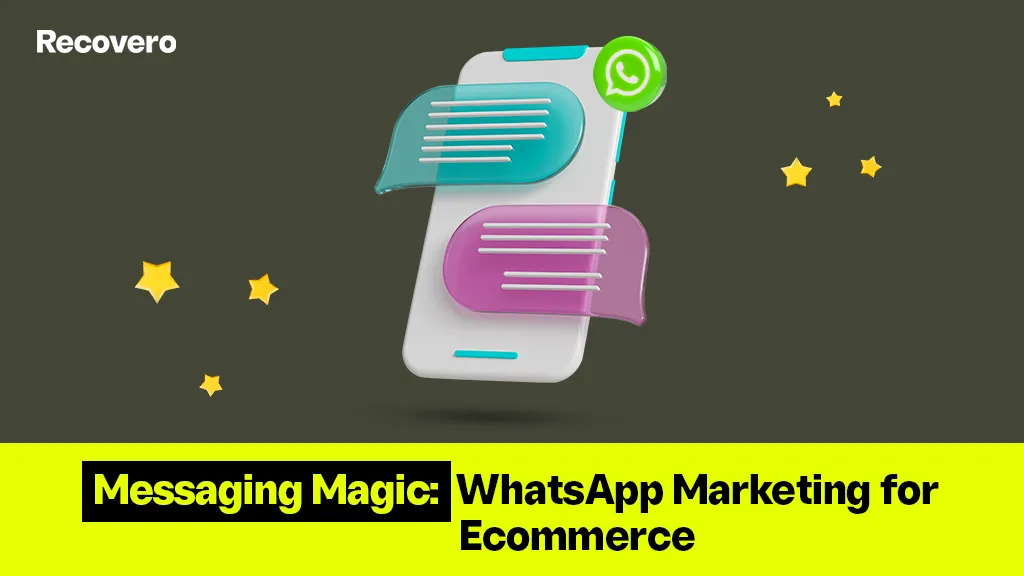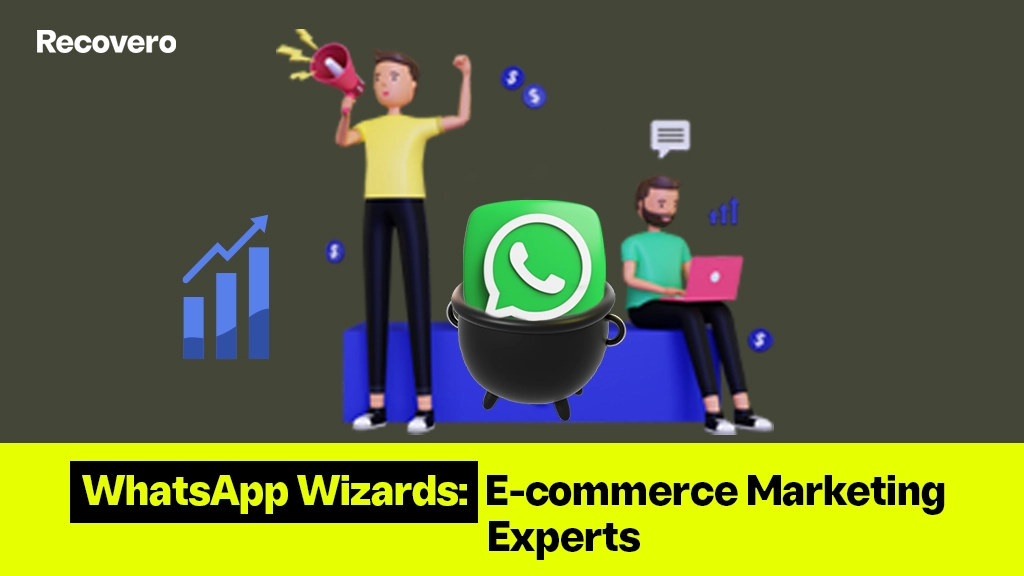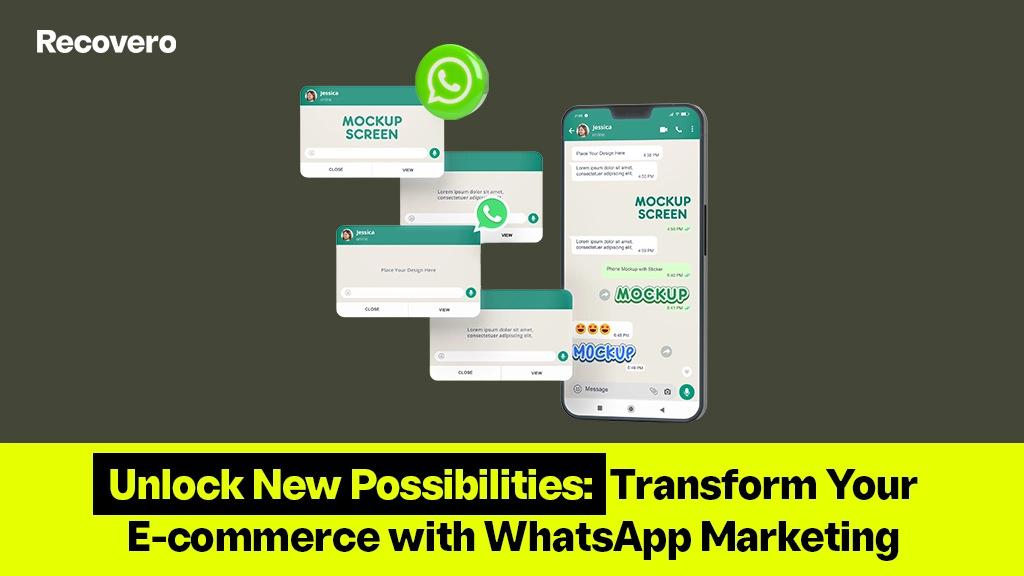You’ve spent a lot of time gathering new customers to your Shopify store but still couldn’t increase your sales, and now you’re wondering what went wrong. You’re missing out on the bigger picture here: retaining customers. This article will tell you the importance of repeat purchases for your Shopify store.
The rate of repeat purchases indicates how loyal your consumer base is. The more the customers return to buy two, three, or even ten times, the more valuable they are.
You’ll obtain more orders in the future if you have a high customer retention strategies than a competitor who has a lower rate. As a result, it stands to reason that a higher proportion of repeat purchases would result in a stronger company.
Your store’s resiliency is bolstered by a strong repeat purchase rate. If even one-third of your potential customers re-order on a regular basis and Google makes a change that eliminates your incoming traffic, you still have one-third of your business.
Repeat customers aren’t only more profitable in the long run, in fact, they’re frequently more profitable right now as well. The average order value for existing customers who buy from a Shopify store multiple times is over 14 percent more than for people who only buy from them once.
Your store may even be able to subsist only on return consumers at higher levels.
How does repeat purchase rate affect your Shopify store sales?
The majority of eCommerce businesses devote 80 percent of their marketing expenditure to attracting new clients. However, did you realize that only 8 percent of an average eCommerce store’s revenue is generated by its customers?
You’ll need new customers when you first start out, and you’ll need new consumers as you grow. Many eCommerce businesses, though, would benefit from allocating greater resources to customer retention because loyal customers always come back.
According to Shopify, a customer’s likelihood of purchasing again increases to 45 percent after a second visit. When loyal customers return for the fourth time, the chances of them purchasing again increase to 56 percent, thus, increasing customer lifetime value.

Let’s take a look at the metrics that define what a repeat customer is or how to calculate repeat purchase rate:
You’re doing extremely well if you can get a new customer for $20 and their order has a $25 margin ($25 margin – $20 expenditure = $5 profit).
If they place a second order, however, the entire margin becomes profit because you didn’t have to spend any additional money to lure them ($25 margin – $0 expenditure = $25 profit).
And if they place a third, fourth, or fifth order… well, you get the idea.
As a result, your customer acquisition marketing and sales costs are spread out over numerous orders, resulting in a greater profit to reinvest in acquiring more new customers. This is only one of the reasons why your rate of repeat purchases is so important.
How to increase your repeat purchase rate?
- Post-Purchase: A post-purchase thank you message should be the first message sent after purchase for each existing customer. This interaction validates the order, establishes shipping or delivery expectations, and directs them to discover more about your company. It’s a good idea to include product instructions in the post-purchase thank you note or send them separately. Tips on how to use or care for the product could be included in the instructions. Once the buyer has received their order, ask them to give the product a rating or review. Make it clear that you’re interested in their comments and intend to incorporate them into future goods, not only as a sales tool.

- Post Delivery: We’ve moved past the post-purchase phase and into the future customer relationship at this time. Now is the time to nurture customers by offering loyalty programs and product recommendations, possibly leading to similar items or new product launches. Customer feedback should be taken into account as well.

- Win-back strategy: You should shift your focus to a win-back strategy at some point. It’s important to keep in mind that the most recent information is most important. A consumer who made a purchase yesterday is much more likely to make another purchase than one who made a transaction a month ago.

- Perfect Timing: When it comes to customer retention, timeliness is key. You should interact with customers while they are conversing with you. It all starts with the standard post-purchase communication. However, once the customer has received their order, you should move on to a nurturing series and then a win-back campaign. Maintain customer engagement with your brand by laying the groundwork and making the transition from one purchase to the next as simple as possible.

- Personalization: Customers prefer to feel as if you’re speaking directly to them, and the truth is that personalization works. You can leverage a customer’s purchase and return history to inform future interactions with them. Product recommendations, cleverly positioned incentives, or product insights could all be part of this connection. The idea, once again, is to time the communications to match the demands of the customer. While advanced customization options are advantageous, tailored messaging does not have to be overly complicated. Relevance is the goal of personalization. We want the shopper to feel as if we’re speaking directly to them, rather than merely our clientele.
.png)
- Quick & Easy Ordering: Browsing is enjoyable, and receiving packages is enjoyable. It’s even better when you get your packages the same day you order them! It’s not pleasant entering your payment card information and retyping your address. New customers can create accounts as one solution to this problem. Allow new customers to save their information in an account after they have submitted their information and placed their order to eliminate friction. This will make the purchasing procedure for returning consumers easier, and it’s a wonderful method to boost your typical repeat purchase rate.
- Loyalty & Rewards Program: Brand loyalty and a great customer relationship go hand in hand. According to a survey, 58 percent of consumers buy from businesses whose loyalty programs they participate in at least once a month, and a 5% increase in customer loyalty would result in a 25 percent to 100 percent increase in average profit per customer. So, don’t forget to use an incentive-based loyalty program to show your customers how much you value them.
Conclusion
In eCommerce, customer retention is critical. One-time shoppers produce less revenue than repeat customers. Recency and relevancy, as we’ve seen, are important factors in client retention. One of the most difficult parts of the client’s lifetime is the transition between the first and second purchase. You can drastically boost client retention, loyalty, and lifetime value by increasing your Shopify repeat customer rate.





